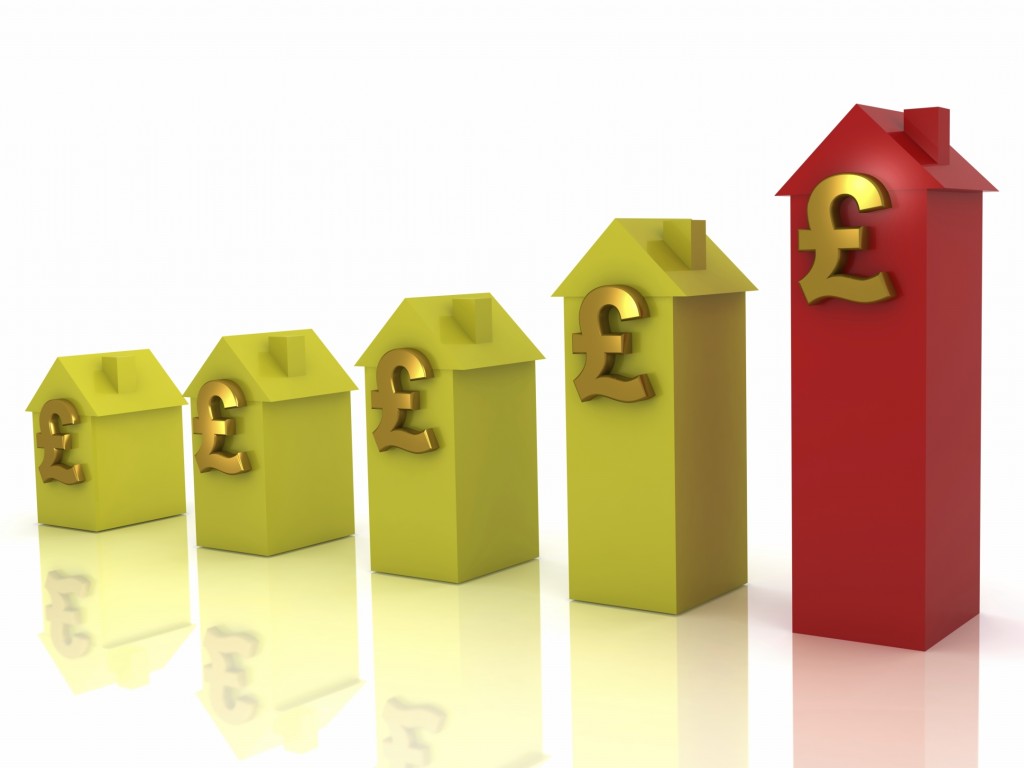New figures have revealed that house price growth is being driven by the Midlands, rather than the more affluent commuter-belt in the south. According to property website Rightmove, the price of property coming to market went up 1.3% in March, down from 2% the previous month. This is the same average rise as last year […]
 New figures have revealed that house price growth is being driven by the Midlands, rather than the more affluent commuter-belt in the south.
New figures have revealed that house price growth is being driven by the Midlands, rather than the more affluent commuter-belt in the south.
According to property website Rightmove, the price of property coming to market went up 1.3% in March, down from 2% the previous month.
This is the same average rise as last year when there was a surge in buying to beat the April stamp duty deadline and the largest March rise recorded once since 2007.
Annual house price growth went up 2.3% in March for the second consecutive month, taking the average price of a property up to £310,108.
This compares to 7.6% in March 2016, highlighting the slower pace of increase in the market.
The fastest pace of price growth is in the East Midlands, up by 5.7% over the year and 2.1% for the month.
The West Midlands region has the second highest annual increase with prices up 4.2% and matches the East Midlands’ 2.1% monthly rise.
The price of property coming to the market in the East Midlands is at a record high, breaking through the £200,000 barrier for the first time to £200,620.
Miles Shipside, Rightmove director and housing market analyst, said the above average rise of 1.3% was an indicator of a shortage of suitable property for sale in many parts of the country.
“Since 2007 we’ve only once seen a larger rise than this in March, and we are also keeping pace with last year’s rise, which had the added momentum of investors looking to beat the stamp duty tax deadline of 1 April,” he said.
“The pace is no longer being set by the more affluent commuter-belt south, including London with its international appeal. Neither is it set by the cheaper north driven by a mass of investors swooping on high buy-to-let yields. As markets in other areas of the country become more mature and run out of price-rise steam and froth, the fundamentals of the Midlands have come to the fore.”
According to figures from the Office of National Statistics, house prices in England and Wales have gone up by 259% since 1997, while annual earnings increased by 68% over the same time period.
This means that the average person now pays 7.6 times their annual earnings on purchasing a home, up from 3.6 times earnings in 1997.
Unsurprisingly, housing affordability has worsened fastest in London boroughs over the last two decades.
Kensington and Chelsea was the least affordable area, with house prices 38.5 times greater than annual earnings.
The most affordable local authority in 2016 was Copeland, with house prices being on average 2.8 times greater than annual earnings.














